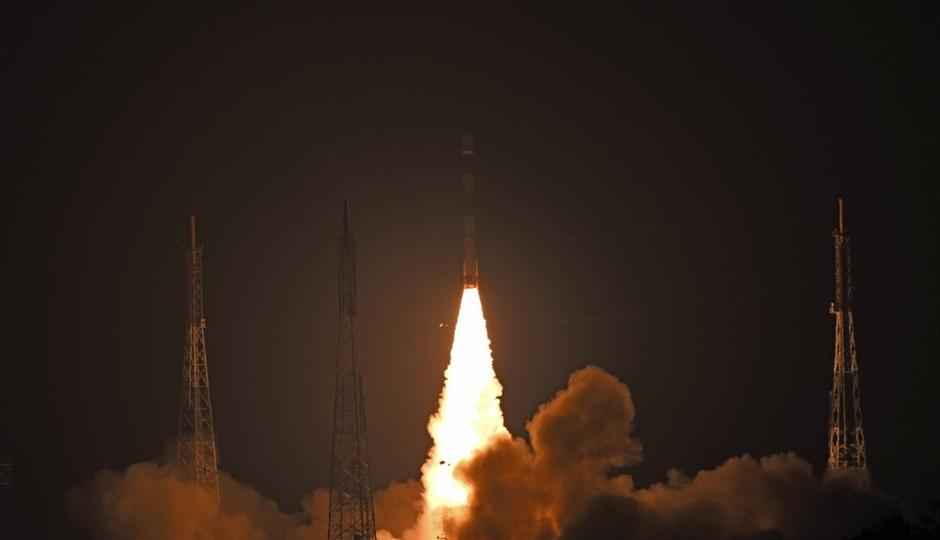ISRO puts Microsat-R and student-made Kalamsat in space

Kalamsat is named after APJ Abdul Kalam.
Highlights:
- ISRO successfully delivered two satellites into space yesterday
- The first satellite was built with the help of students by a Chennai-based organisation
- The second satellite was built by DRDO for imaging
The Indian Space Research Organisation (ISRO) successfully delivered two Indian satellites into space at 1:01 PM IST yesterday. The space agency announced the news on its Twitter account shortly after. The first payload was Microsat-R, an imaging satellite developed by the Defence Research and Development Organisation (DRDO). The second payload was Kalamsat, a satellite built by students and members of an organisation based in Chennai. Kalamsat was the first to use PS4, the fourth stage of the vehicle, as a platform to orbit the earth.
ISRO used its trusted PSLV-C44 (Polar Satellite Launch Vehicle) to put the two satellites in space. The launch marked the 46th flight of the PSLV-C44 and the first flight of the PSLV-DL unit, which was built with two strap-on boosters. The rocket was launched from the first launch pad of the Satish Dhawan Space Centre in Sriharikota. The fourth stage of the vehicle attained a maximum altitude of 450 kilometres before completing the mission.
According to a report by India Today, Kalamsat is named after the late and former president, APJ Abdul Kalam, and cost a total of Rs 12 lakh to build. It was reportedly built by students and members of Space Kidz, an organisation based in Chennai, to study the communication system of nanosatellites in space. The study is believed to be useful in a variety of fields, including disaster management. Microsat-R, on the other hand, is reported to have been built for military purposes.
The Indian space agency is expected to launch its second rocket to the moon sometime in the first quarter of this year. Chandrayaan-2 is expected to land in the lunar south pole and perform onsite chemical analyses. Data collected will be relayed to our planet with the help of the Chandrayaan-2 orbiter, which will be sent along with the rover. The rover will depend on solar power for energy and move around on its six wheels.
Related Read: ISRO successfully launches two British satellites

Digit NewsDesk
Digit News Desk writes news stories across a range of topics. Getting you news updates on the latest in the world of tech. View Full Profile





